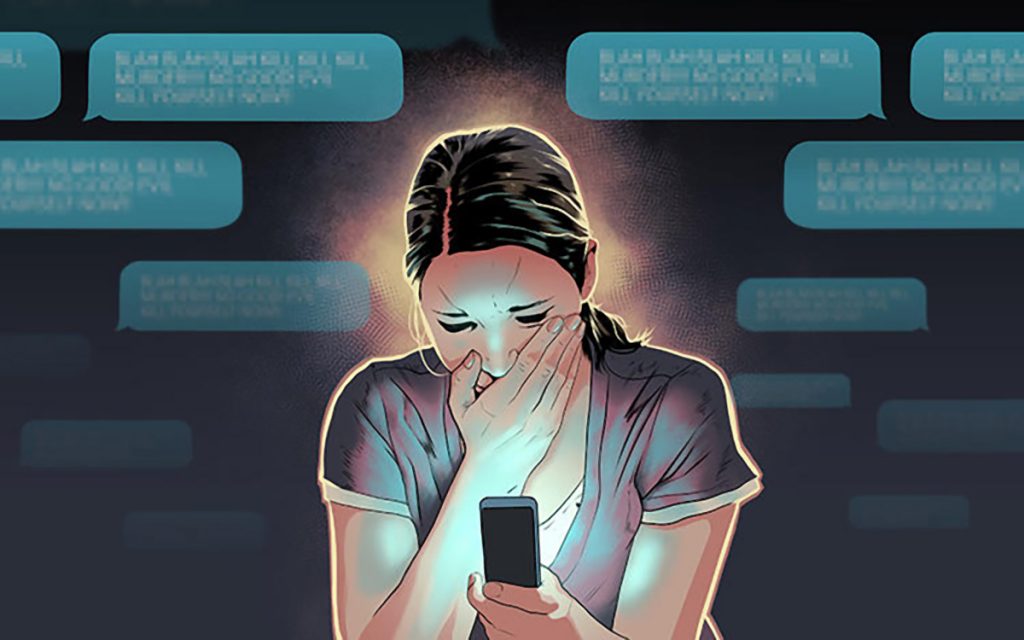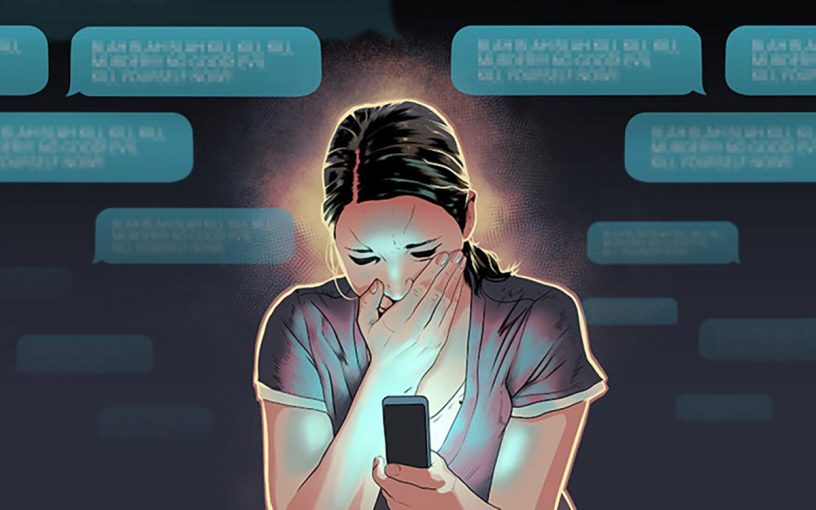
This study explores how women survivors of India conceptualise and respond to cyber violence in a bid to enhance critical understanding of cyber violence as an embodied experience.
Authors:
Benson Rajan, Assistant Professor, Jindal School of Journalism & Communication, Sonipat, Haryana.
Sahana Sarkar, School of Justice, Faculty of Creative Industries, Education and Social Justice, Queensland University of Technology, Brisbane, Queensland, Australia.
Summary:
With the advent of the digital age and online networks, a new facet of human experience materialised called the cyberspace. In other words, it is an addition to an individual’s intrapsychic world. Millions of people are using the Internet as a day-to-day activity to enhance their lives while at the same time there are people who are using it for anti-social purposes such as stalking, harassing, bullying and so on. This, with the advent of the Internet, has become a new weapon of abuse.
This research intends to bring the two realms of virtual and physical, which are considered as binaries into a productive dialogue on violence against women. In doing so, it takes forward the narratives of cyber violence survivors into rethinking the construction of disembodied and embodied violence.
The researchers pursue this aim by exploring how women survivors of India conceptualise and respond to cyber violence. This is a qualitative exploratory study located within the theoretical framework of feminist standpoint theory in order to engage each survivor’s story from their individual standpoint.
An in-depth interview was conducted for 30 women survivors in India. Thematic analysis was employed as the method of analysis for the research. The thematic analysis emphasises on the text of the narrative. In order to conduct thematic analysis, each interview was transcribed verbatim following the process of coding. Coding is defined as the process of analysing qualitative data to deconstruct the underlying meanings.
This study will help to critically understand cyber violence as an embodied experience.
Published in: Journal of Creative Communications
To read the full article, please click here


